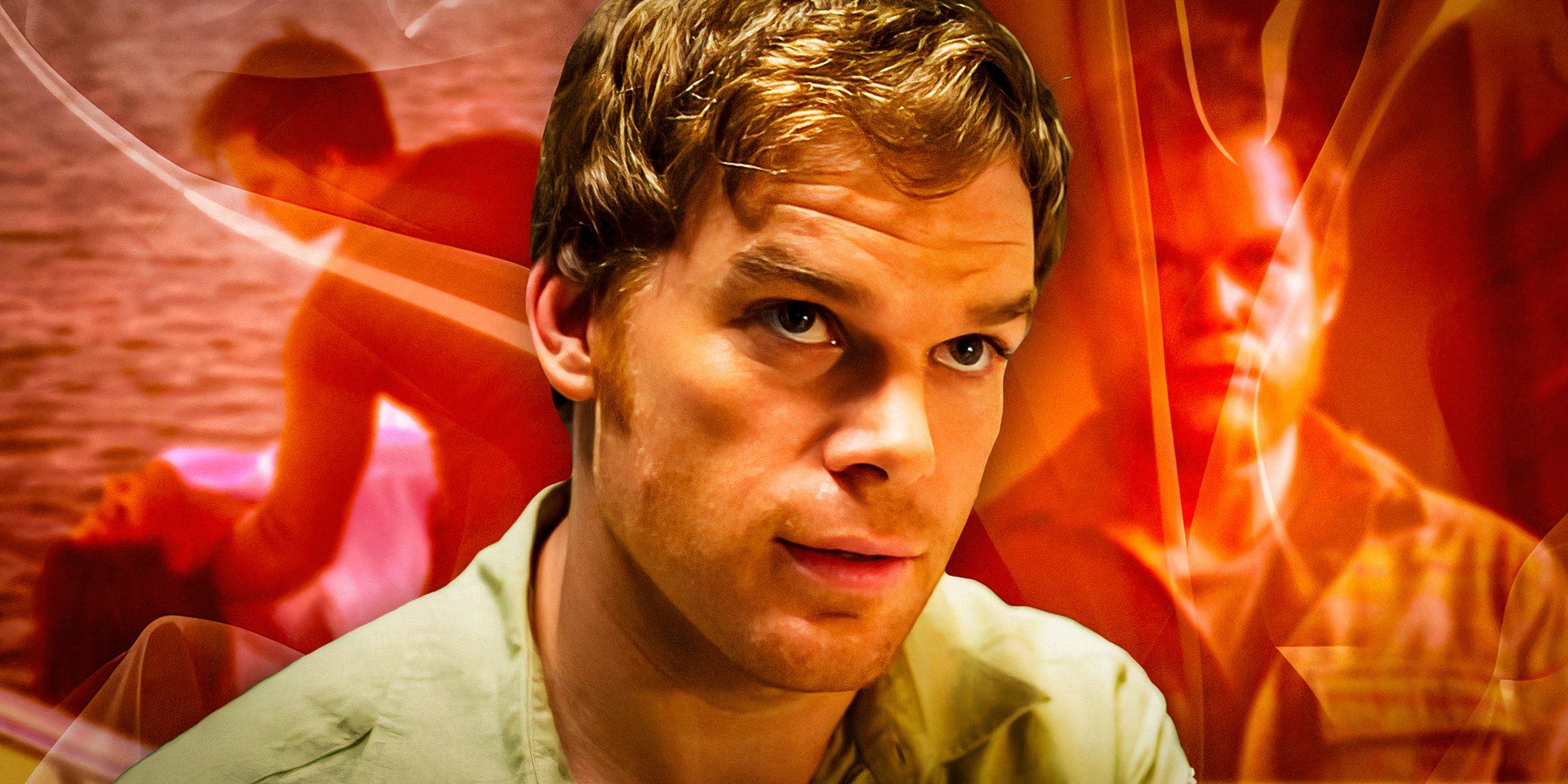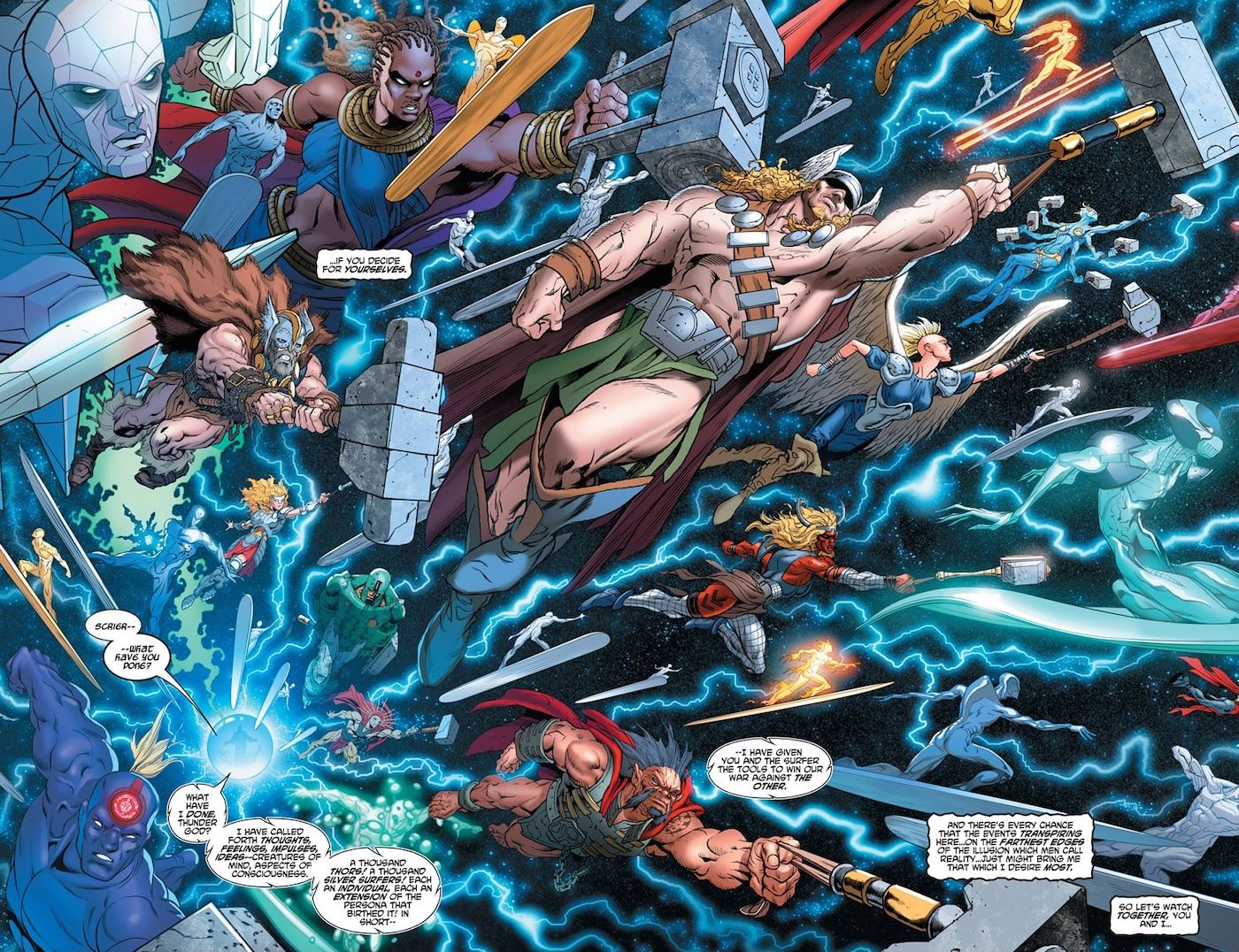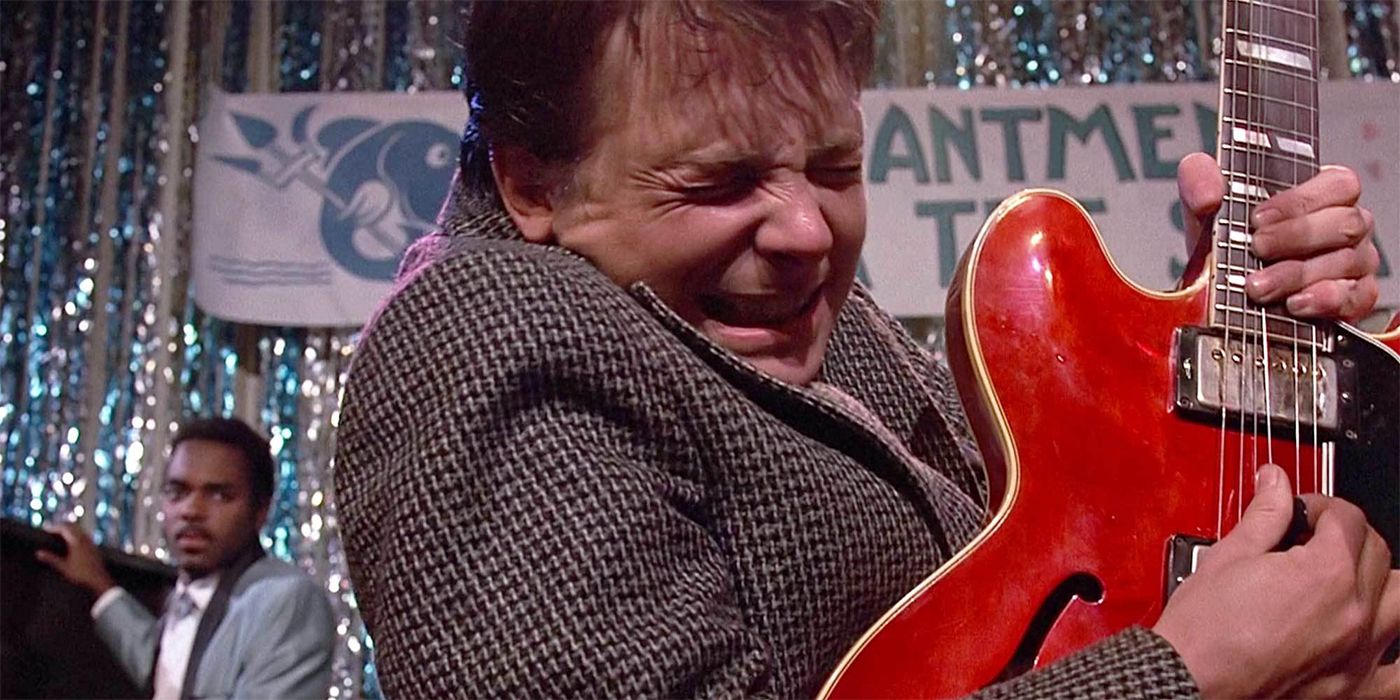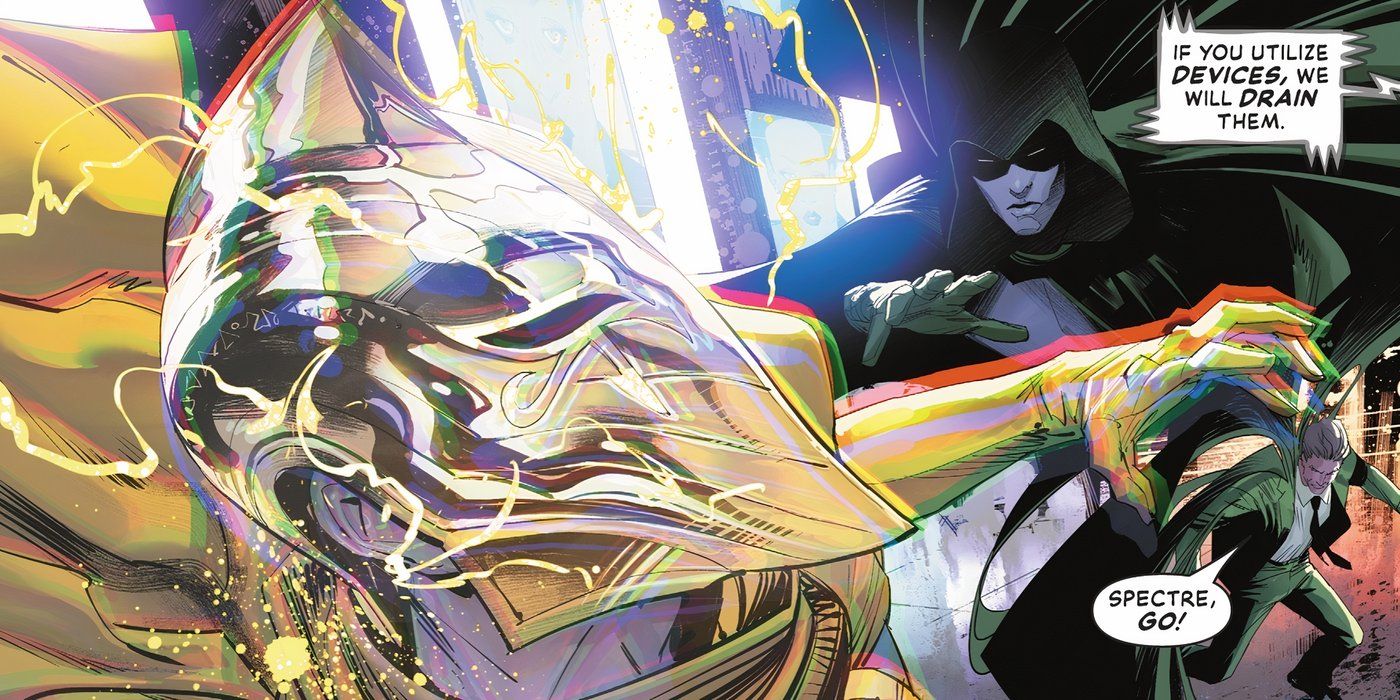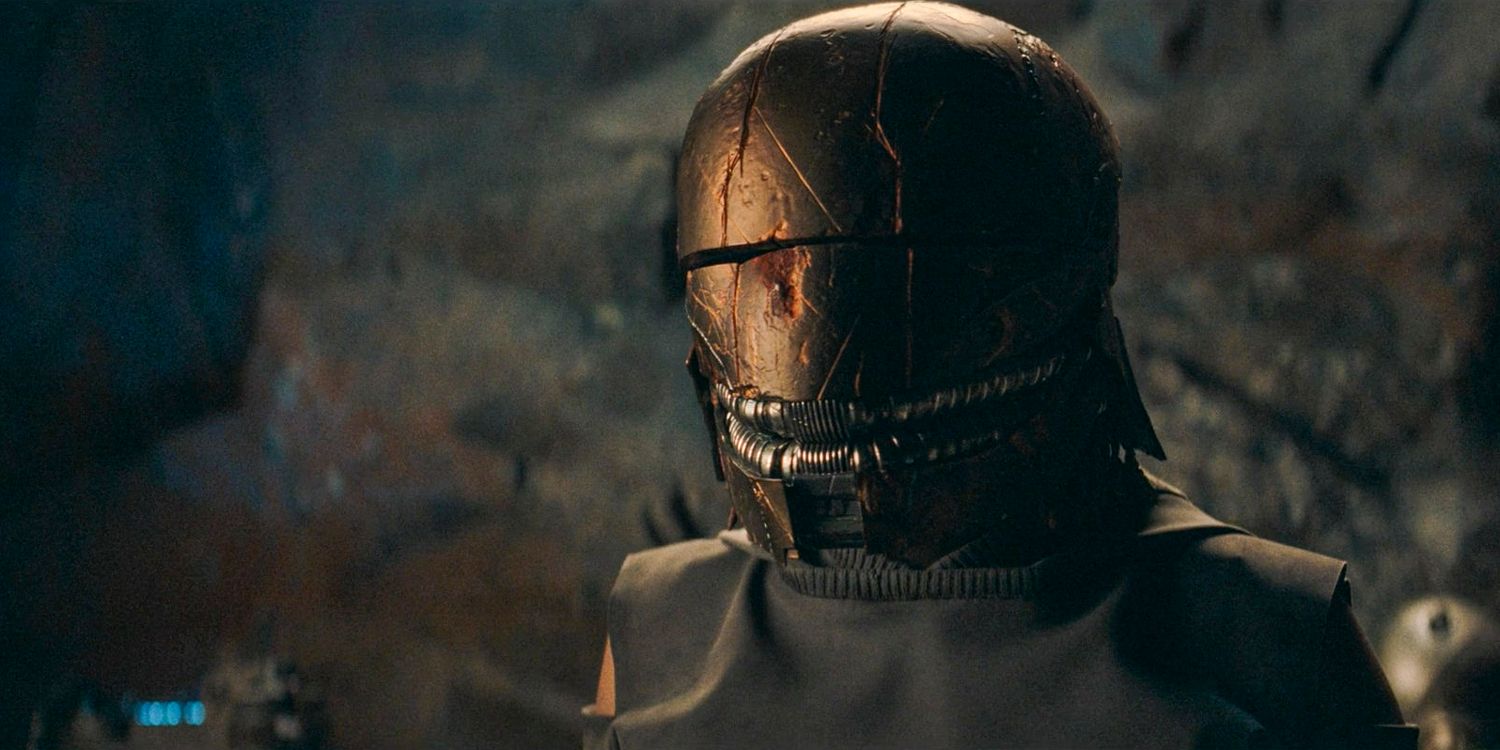Starfield is jam-packed with secret locations for players to find, but the means of discovering them is pretty disappointing. Fast travel is essentially the primary method of transportation to each of the game’s central locations, which isn’t necessarily a bad thing. However, it’s the smaller, more hidden locations that suffer. This is a shame because many of these areas have intriguing stories attached to them, but the wind is taken out of the sails a bit because of fast travel.
In Bethesda’s previous titles, fast travel was available, but players could walk wherever they needed to go, even if it meant traversing long distances. To some, traveling across the map may feel like a tedious task, which is understandable given the size of the worlds the studio creates. However, exploring the map in this way led to an organic discovery of secret locations, which carries a significant impact on how players engage with the storytelling. Starfield, on the other hand, lacks this quality, and it’s disappointing because it has some genuinely stellar secret areas and stories.
Starfield: The Colander Is A Great Example Of A Secret Location
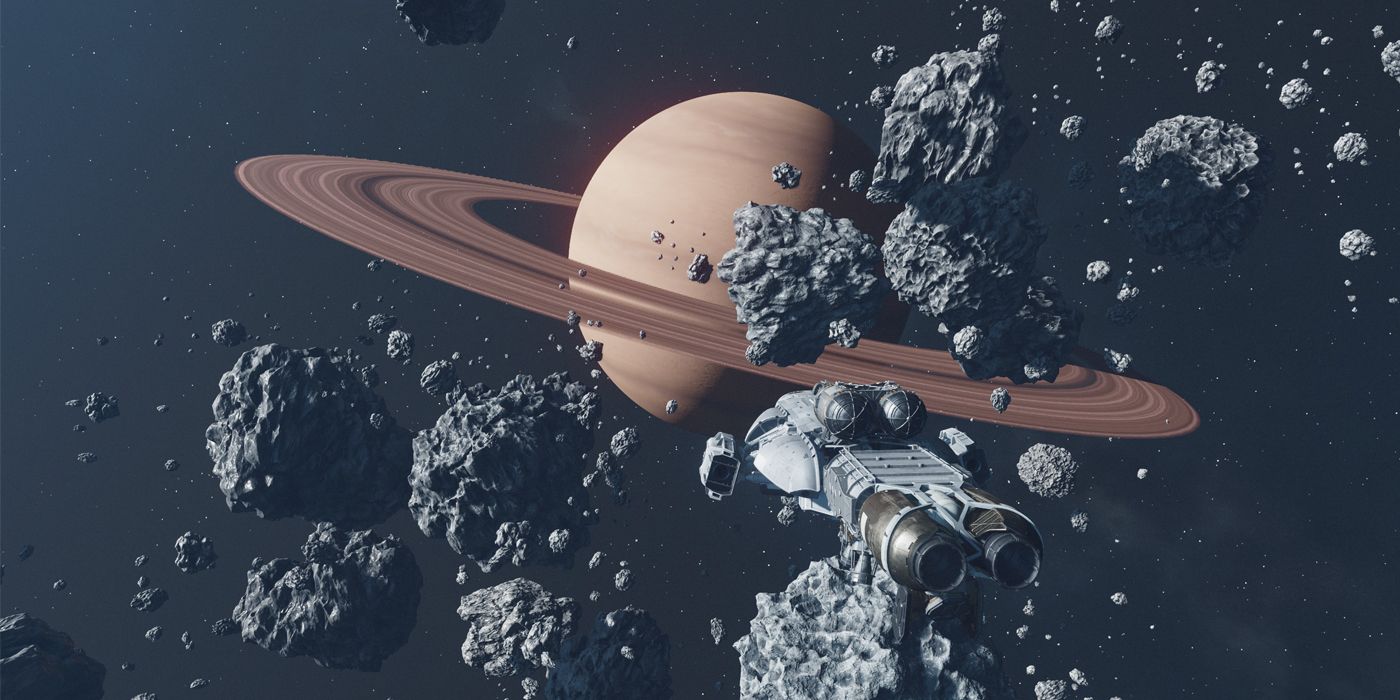
The Colander is the best example in Starfield of a secret location with a gripping story. At some point in their travels, the player may encounter a ship that won’t respond to hails. The only way to know what’s going on inside the vessel is to dock and board. Once aboard, players will find corpses and several computer logs that detail the tragic events that took place. Many notes reference a creature that got loose, heightening the tension of exploring the Colander.
Most of the ship’s doors are locked, so players must navigate through the cramped vents to get deeper into the vessel. Each time a new room is entered, the player must face the possibility of fighting the terrifying creature. It creates a unique sense of horror that is otherwise missing throughout Starfield’s side quests. Perceptive players may notice that the Colander is a reference to the plot of the film Alien, making this location an Easter egg, as well as a great display of environmental storytelling.
There are a handful of other great secret locations in Starfield that one can discover on their adventures, such as the Derelict Bireme (which has a story very similar to The Colander) and the Almagest Casino. However, the way that players find these areas ends up ruining much of the experience.
Starfield’s Exploration Is At Odds With Its Storytelling
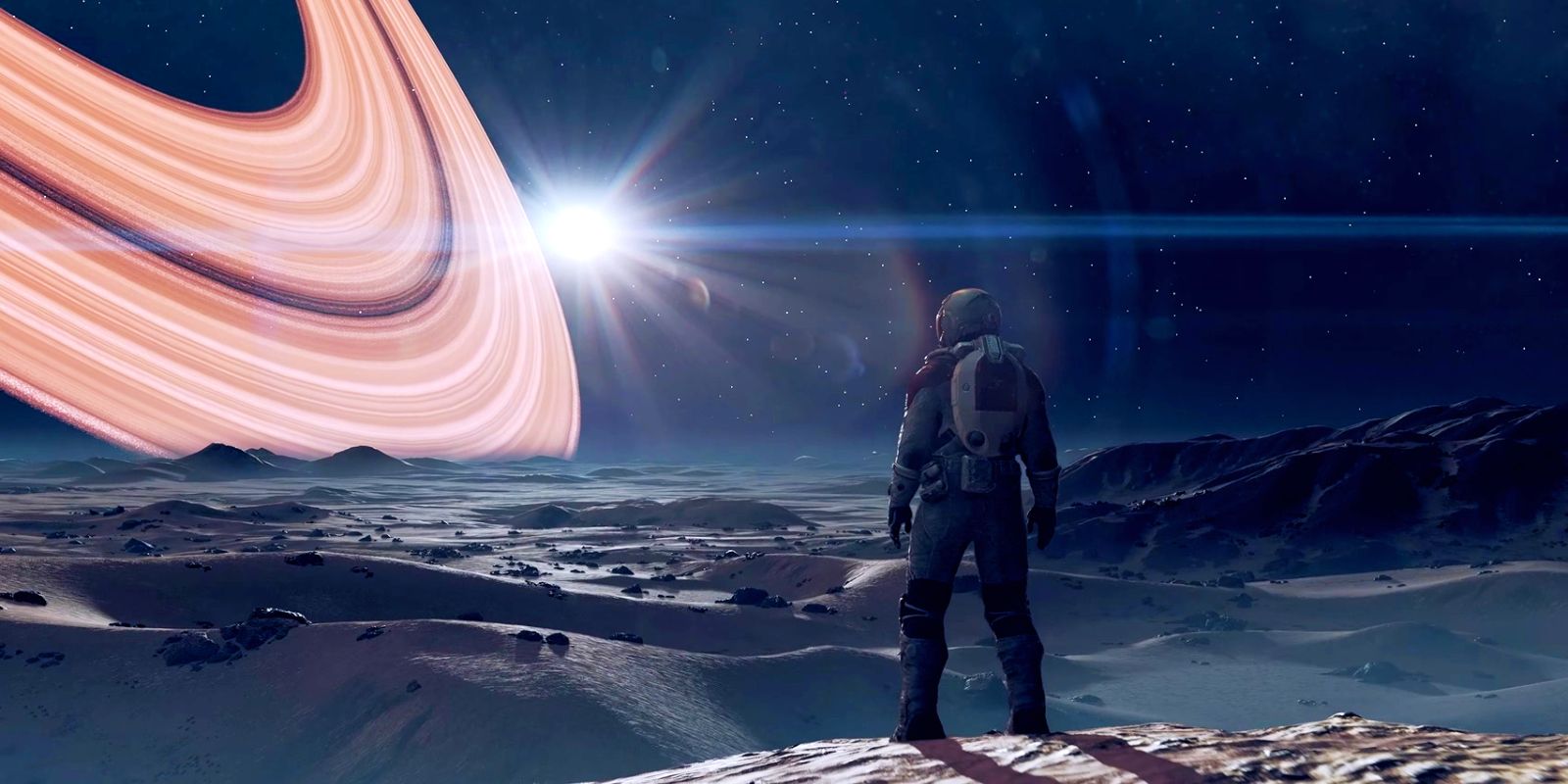
There’s no denying that Starfield is an enormous game with 1000 planets to explore, but this exploration is rather shallow and often conflicts with the storytelling mode that Bethesda has traditionally excelled at. Starfield’s reliance on fast travel hinders Bethesda’s classic environmental storytelling. In past titles, manually traveling from location to location made the world feel much more immersive and impactful. One crucial aspect that contributes to this quality is discovering smaller areas on the way to where the player was initially heading.
Areas of this sort could have side quests attached or even minor, unmarked stories like the Colander in Starfield. What makes the realm of Skyrim feel so great to explore is getting lost in a rabbit of investigating all the locations between Whiterun and Windhelm. The same could be said of Fallout 4 when traveling from Sanctuary Hills to Diamond City. Unfortunately, Starfield lacks an equivalent. This mode of exploration opened the possibility for stumbling upon stories that would otherwise be missed if players could simply fast-travel, and the stumbling aspect plays a significant role in how players experience these stories.
Starfield’s Fast Travel & Exploration Should Better Serve Narrative, Or Vice-Versa
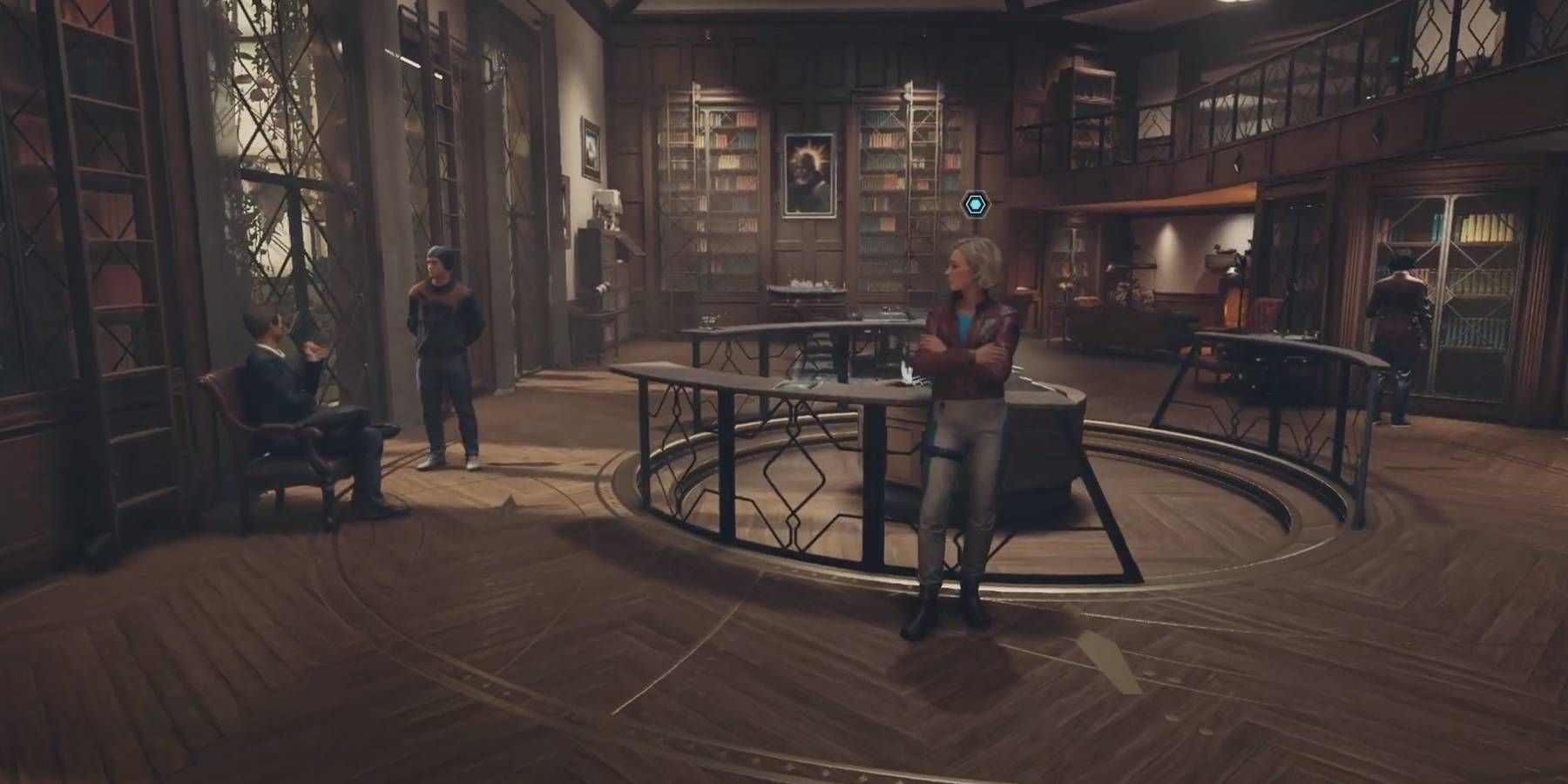
The main issue with Starfield’s exploration stems from fast travel not being the best fit for the storytelling found in Bethesda’s previous titles. The devs may have decided to take a different approach with Starfield, but that narrative DNA is still all over the game, albeit in a hampered state. Assuming that the fast travel-heavy exploration isn’t addressed in future content updates, which will likely be the case, it makes the most sense to rethink the method of storytelling.
It’s painful to say, but abandoning Bethesda’s traditional storytelling in favor of a new approach may promote a better connection between the gameplay design and narrative design. In the best games, these elements should be married seamlessly. Skyrim did an excellent job of this, but it’s somewhat unreasonable to expect the same thing of a game like Starfield.
What this new narrative approach should be is challenging to say without being able to implement different iterations to see what fits best. Fast travel inherently evokes a sense of disconnect, with the loading screen in between locations highlighting the world’s seams. Perhaps favoring a storytelling method that uses these seams in a clever way would work well in this case. However, merely brainstorming new possibilities is simpler than implementing them.
Will Bethesda Address The Issues With Starfield’s Exploration?
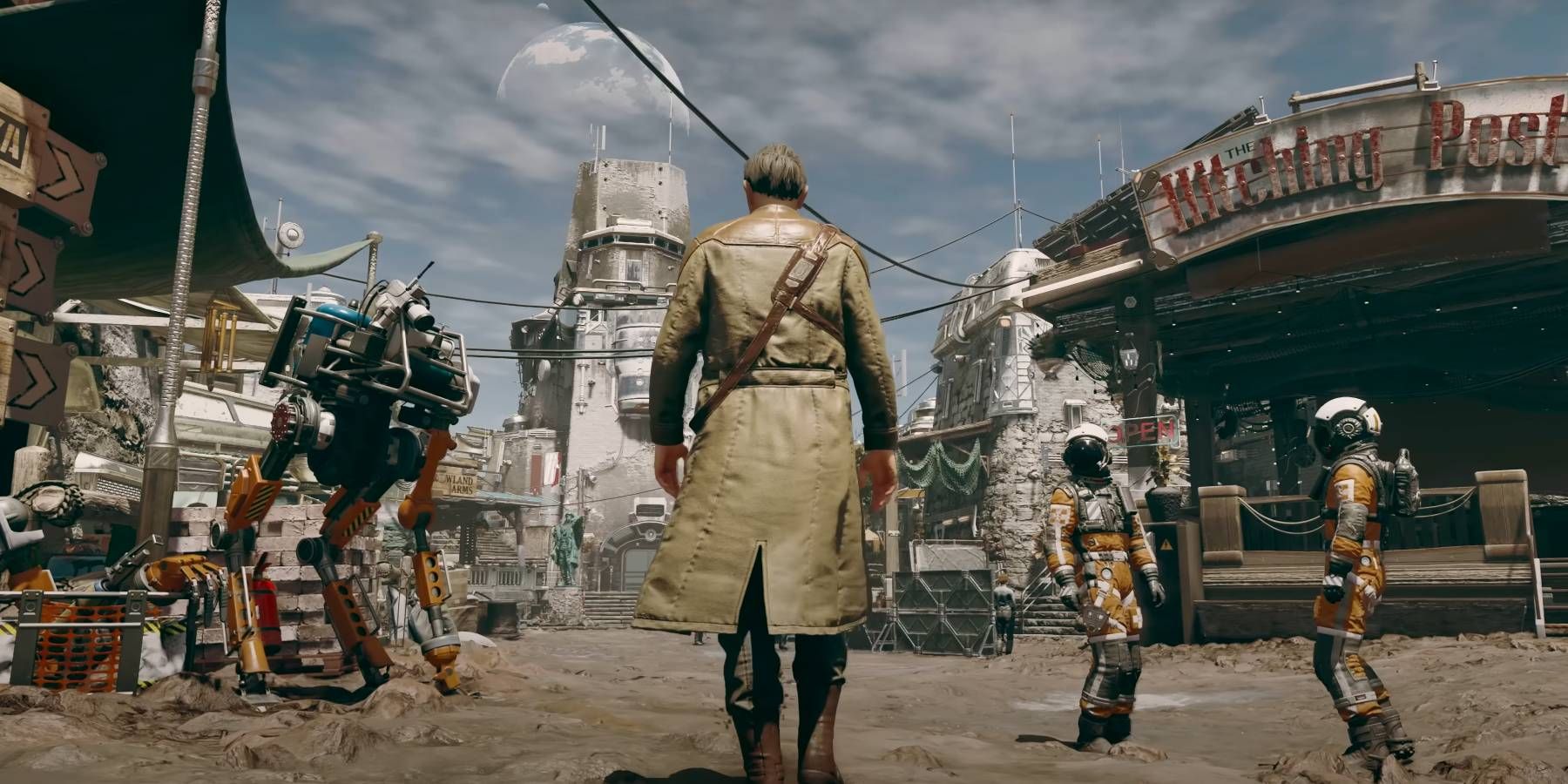
Unfortunately, it seems highly unlikely that Bethesda will address the issues with Starfield’s fast travel-heavy exploration. This mechanic is so widespread that it would almost certainly require a complete overhaul to implement a change like this to the entirety of Starfield’s massive world. However, this isn’t to say that future DLCs, like the upcoming Shattered Space story expansion, won’t be able to make improvements in this regard.
Bethesda has been known to make significant changes to narrative gameplay in the past, most notably with the Far Harbor DLC for Fallout 4. The base game was criticized for lacking critical RPG elements that make games like Fallout 3 and Skyrim so incredible. Bethesda took this feedback and used it to inform Far Harbor’s quest design, featuring more opportunities for choice and consequence.
It stands to reason, then, that the same can be achieved with Starfield and its expansions. It may not be an overhaul of the entire game, but something on the level of, maybe even slightly more extensive, than Far Harbor will go a long way to address the inherent storytelling flaws of a fast-travel heavy exploration system.
Bethesda is a studio that has been known for incredible storytelling, and Starfield certainly carries this reputation forward in substantial ways. However, the massive design scope of the game is often at odds with how Bethesda has traditionally told its stories, which is a disappointing reality for longtime fans. Hopefully, this issue can be addressed as Starfield moves into the expansion and DLC lifecycle. If it isn’t, it will likely open concerns about the studio’s approach to future titles, like The Elder Scrolls 6.
